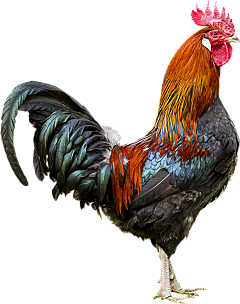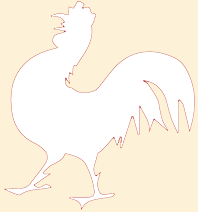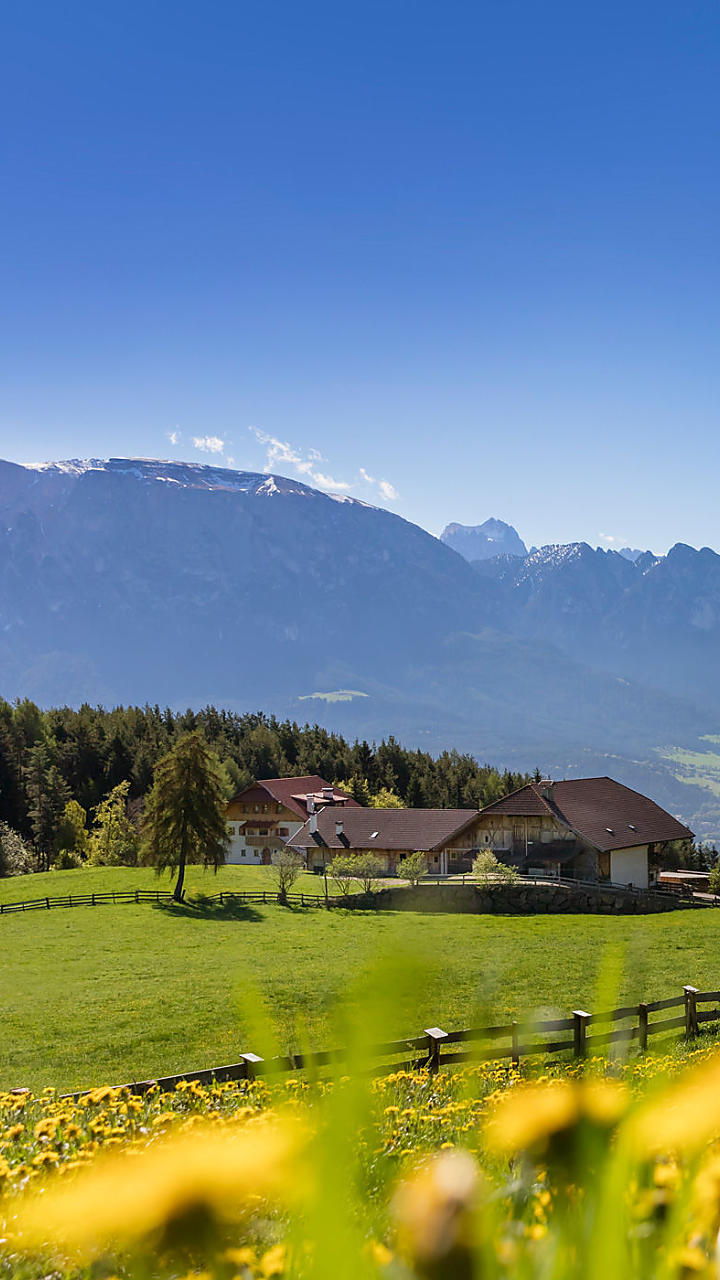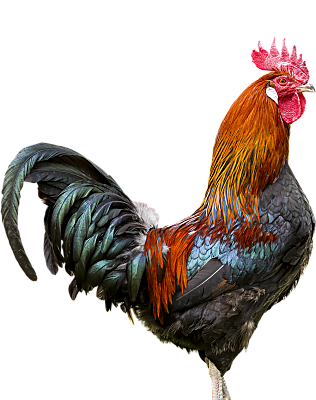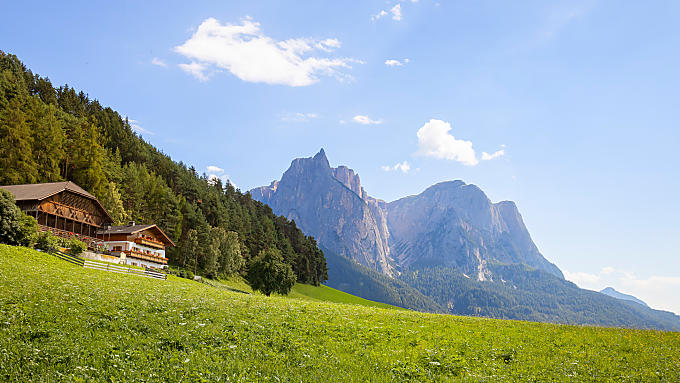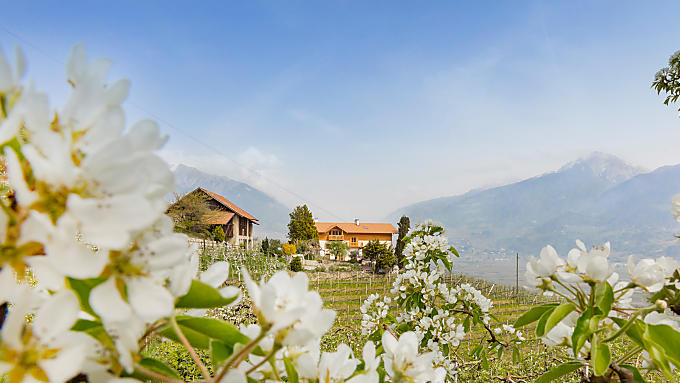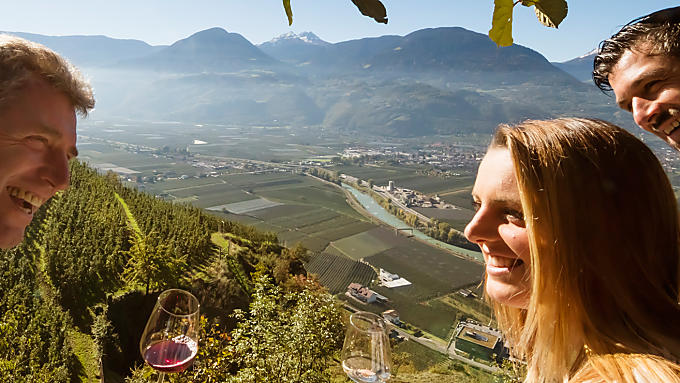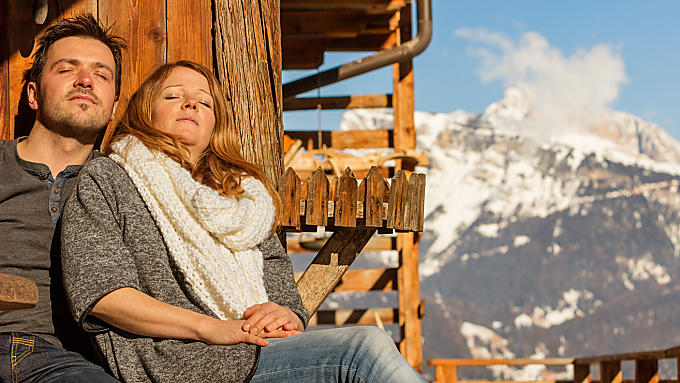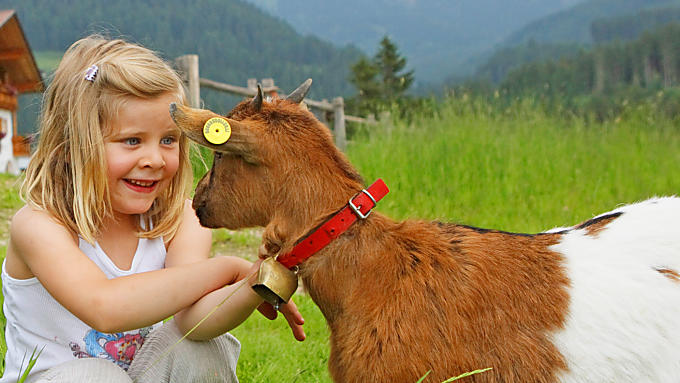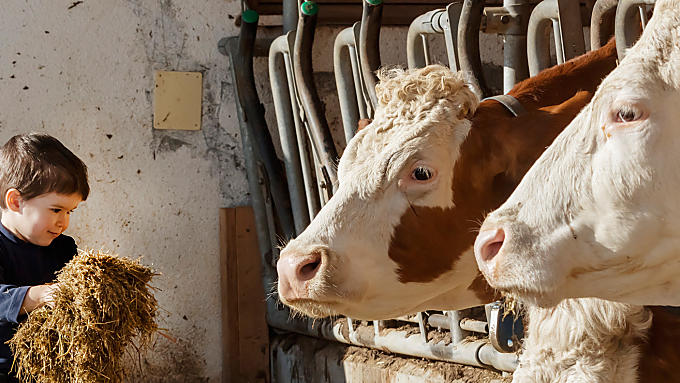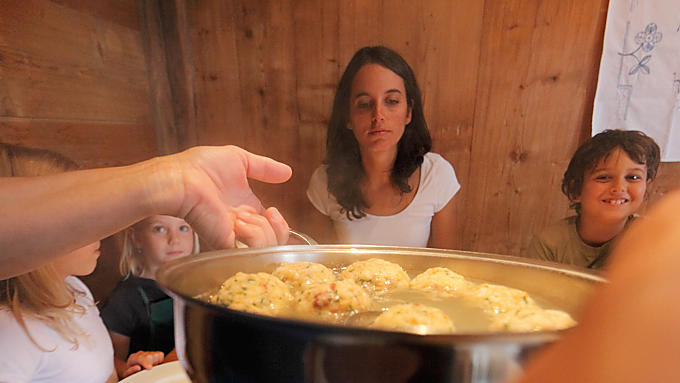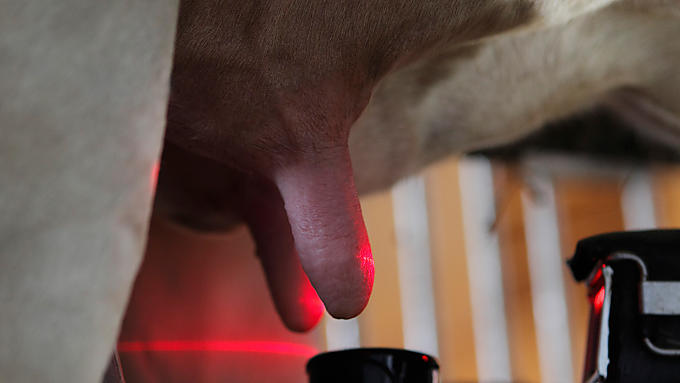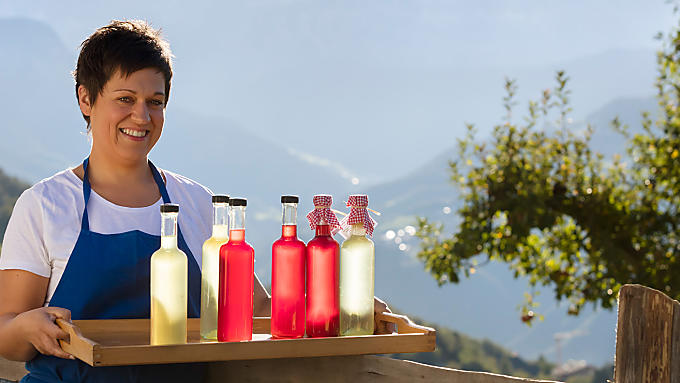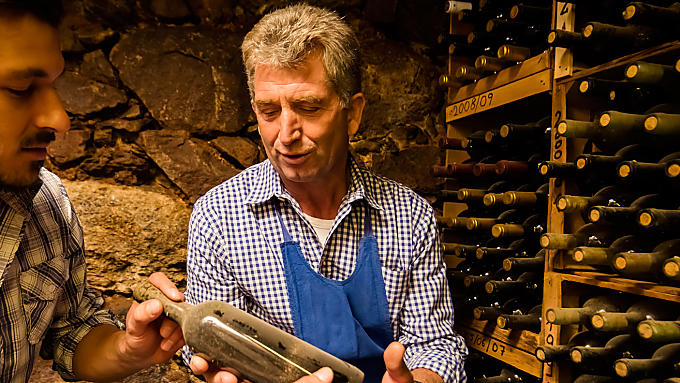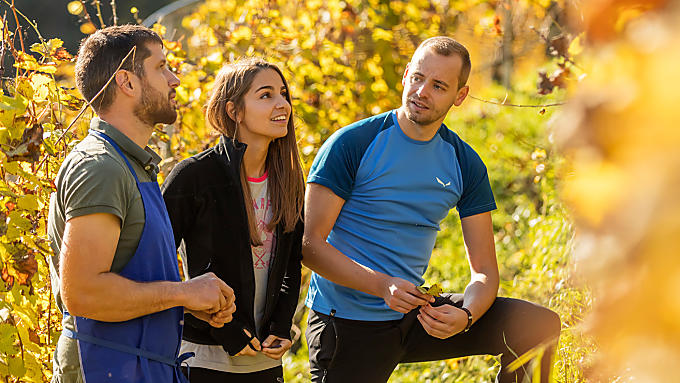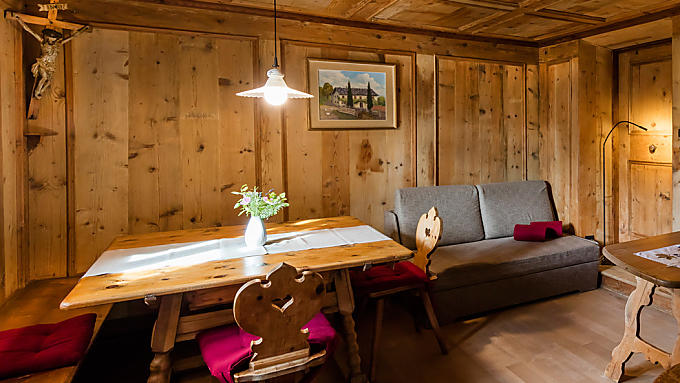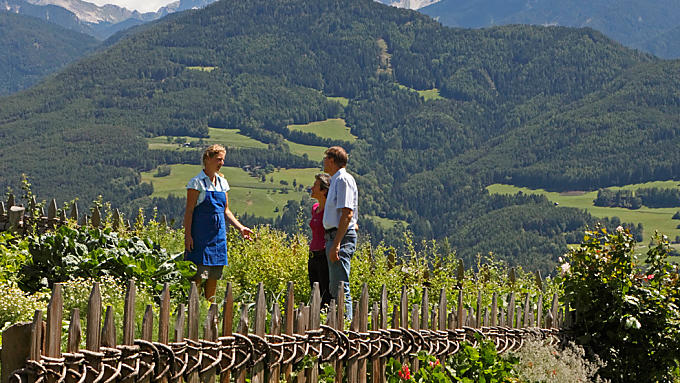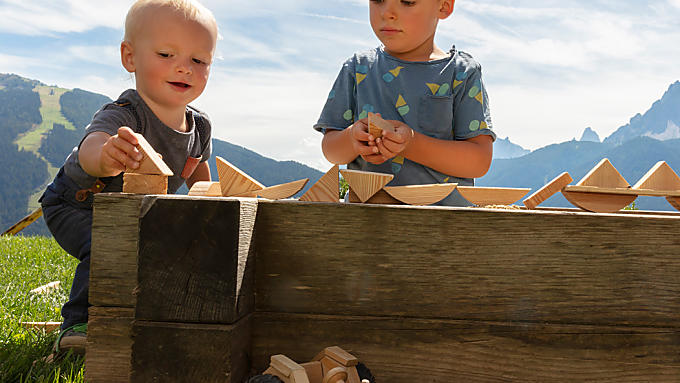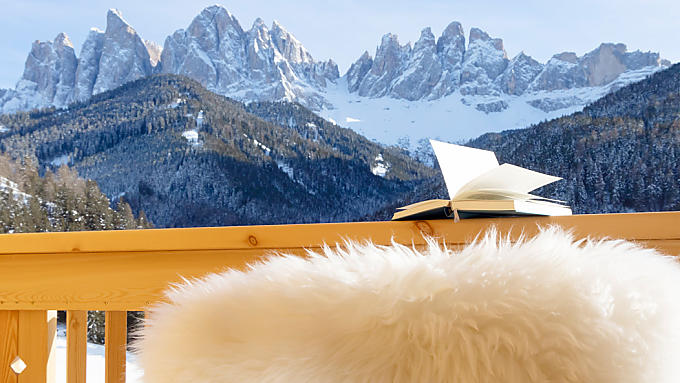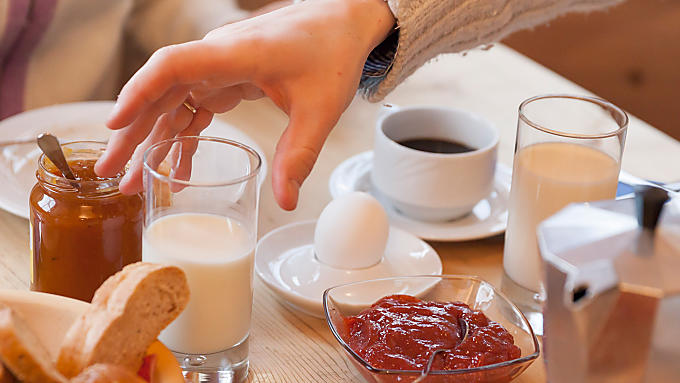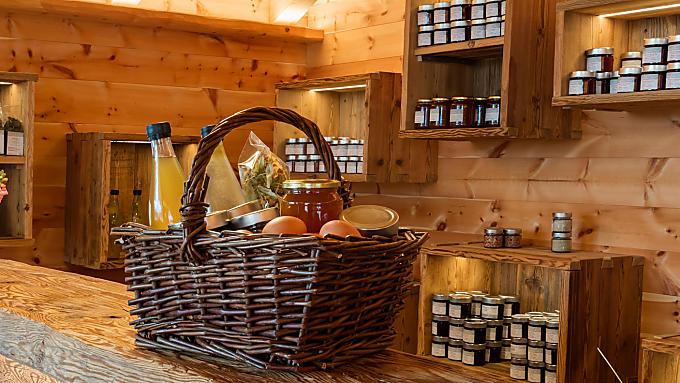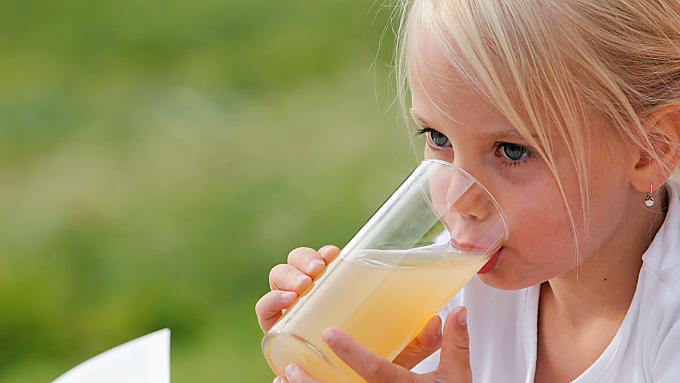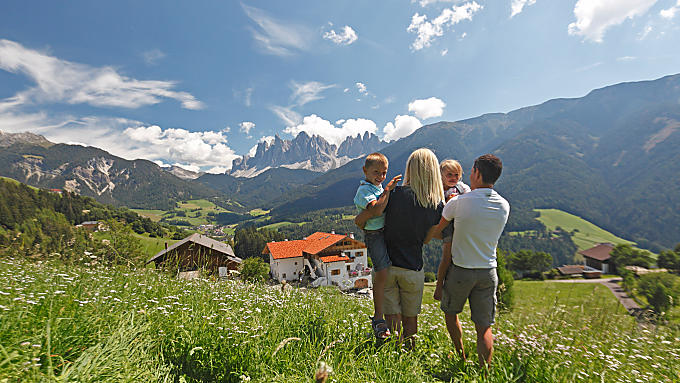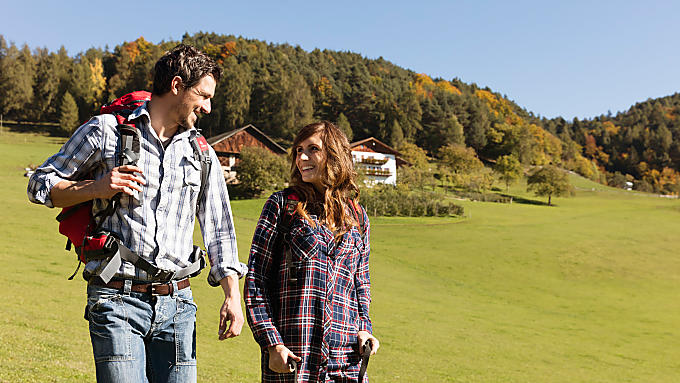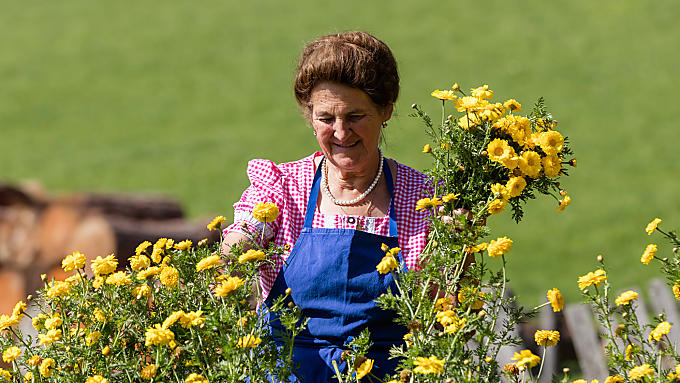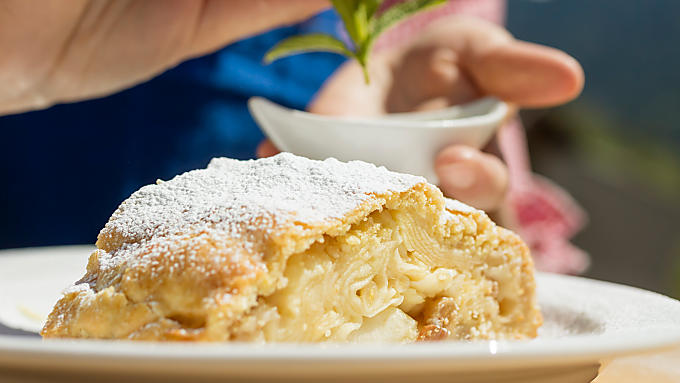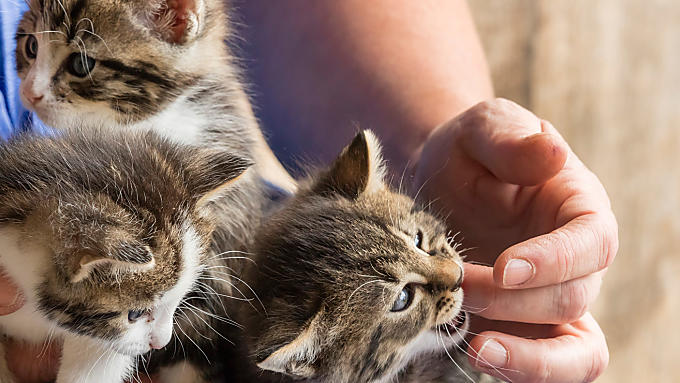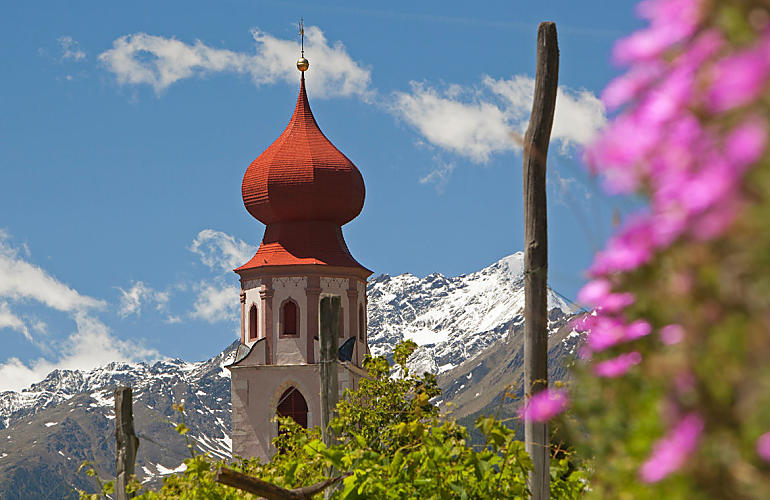
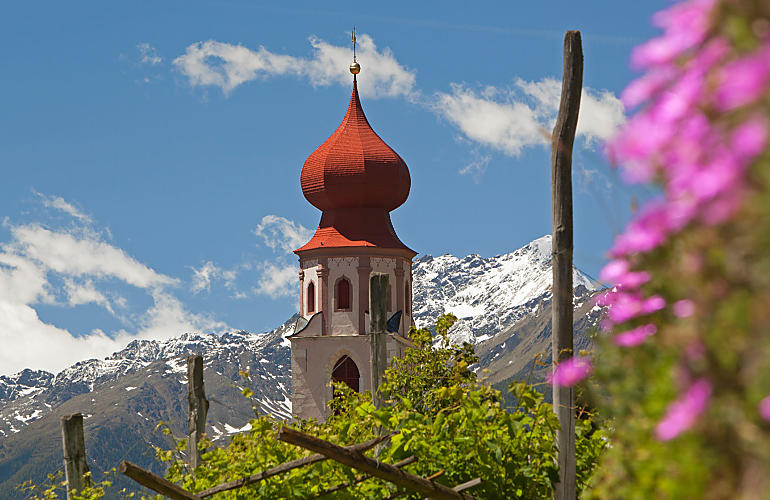
Haunted castles
Holiday location
Farm Holidays in Kastelbell-Tschars
On a Farm Holiday in Kastelbell-Tschars you can not only enjoy the best wines of Vinschgau valley. There are lots of art-historical gems in the area to discover, too.
The municipality of Kastelbell-Tschars lies in lower Vinschgau valley and is made up of the two main villages giving the district its name, Kastelbell and Tschars, as well as the villages of Galsaun, Marein, Latschinig im Tal and the four mountain villages of Freiberg, Tomberg, Trumsberg and Juval.
On a Farm Holiday in Kastelbell-Tschars you can not only enjoy the best wines of Vinschgau valley. There are lots of art-historical gems in the area to discover, too.
The municipality of Kastelbell - Tschars lies in lower Vinschgau valley and is made up of the two main villages giving the district its name, Kastelbell and Tschars, as well as the villages of Galsaun, Marein, Latschinig im Tal and the four mountain villages of Freiberg, Tomberg, Trumsberg and Juval.
Apple orchards dominate the landscape in large parts of the valley, but wine farming also plays an important role: the municipality has the largest grape-growing area in the Vinschgau valley. Vines particularly thrive on the steep slopes of the Sonnenberg. Besides Riesling and Pinot Noir, the autochthonous South Tyrolean wines of Vernatsch, Lagrein, Gewürztraminer and Fraueler are bottled.
The 'beautiful castle'
Anyone looking at the village from their holiday flat in Kastelbell will instantly understand how the place gets its name. At the start of the village to the west, Kastelbell castle perches on a rocky outcrop on the left bank of the Etsch river. 'Kastelbell' means 'beautiful castle' – the name says it all. This medieval fortress, first mentioned in records in 1238, may be visited from April to the end of October. On a guided tour, you can learn about the history or its construction and the noble Hendl family, with the last countess, Elvira, living in the castle until her death in 1998. The two annual exhibitions, which use the old walls as a backdrop for the works of renowned artists, are a magnet for art fans and connoisseurs.
To Schloss Juval castle
Not right nearby, but no less impressive and worth a visit, is Juval castle, the summer residence of extreme mountaineer Reinhold Messner. The castle grounds, which guard the entrance to Schnalstal valley on a rocky promontory, date back to the Middle Ages, and over the course of centuries were constantly being adapted by a variety of owners, until, after the 18th century, the place was only partly inhabited before being abandoned and gradually falling into ruin. Reinhold Messner discovered the castle rather by chance and made a snap decision to house his first Messner Mountain Museum there. Several indoor and outdoor spaces feature Messner's library of adventure and Tibet collection, an art gallery on the holy mountains in the world, a mask collection from five continents, the expedition cellar, the unique exhibition on Gesar Ling, the tantra room – with Renaissance frescoes forming a contrast. The museum is open from the end of March to the start of November, with the exception of July and August, when the mountaineer spends his holidays there.
A Farm Holiday in Kastelbell-Tschars is a good opportunity to combine a castle disovery tour with a walk: starting from Kastelbell castle, a 'Waalweg' path goes to Juval and, if you wish, you can pay a visit to the ruins of Hochgalsaun.
Apple orchards dominate the landscape in large parts of the valley, but wine farming also plays an important role: the municipality has the largest grape-growing area in the Vinschgau valley. Vines particularly thrive on the steep slopes of the Sonnenberg. Besides Riesling and Pinot Noir, the autochthonous South Tyrolean wines of Vernatsch, Lagrein, Gewürztraminer and Fraueler are bottled.
The 'beautiful castle'
Anyone looking at the village from their holiday flat in Kastelbell will instantly understand how the place gets its name. At the start of the village to the west, Kastelbell castle perches on a rocky outcrop on the left bank of the Etsch river. 'Kastelbell' means 'beautiful castle' – the name says it all. This medieval fortress, first mentioned in records in 1238, may be visited from April to the end of October. On a guided tour, you can learn about the history or its construction and the noble Hendl family, with the last countess, Elvira, living in the castle until her death in 1998. The two annual exhibitions, which use the old walls as a backdrop for the works of renowned artists, are a magnet for art fans and connoisseurs.
To Schloss Juval castle
Not right nearby, but no less impressive and worth a visit, is Juval castle, the summer residence of extreme mountaineer Reinhold Messner. The castle grounds, which guard the entrance to Schnalstal valley on a rocky promontory, date back to the Middle Ages, and over the course of centuries were constantly being adapted by a variety of owners, until, after the 18th century, the place was only partly inhabited before being abandoned and gradually falling into ruin. Reinhold Messner discovered the castle rather by chance and made a snap decision to house his first Messner Mountain Museum there. Several indoor and outdoor spaces feature Messner's library of adventure and Tibet collection, an art gallery on the holy mountains in the world, a mask collection from five continents, the expedition cellar, the unique exhibition on Gesar Ling, the tantra room – with Renaissance frescoes forming a contrast. The museum is open from the end of March to the start of November, with the exception of July and August, when the mountaineer spends his holidays there.
A Farm Holiday in Kastelbell-Tschars is a good opportunity to combine a castle disovery tour with a walk: starting from Kastelbell castle, a 'Waalweg' path goes to Juval and, if you wish, you can pay a visit to the ruins of Hochgalsaun.
Farm search
Holiday farms in Kastelbell-Tschars
3 reasons
A holiday in Kastelbell-Tschars
Walking along
old water channels
Right on 'Via Claudia Augusta'
cycle path
Art exhibitions
in Kastellbell Castle
Walking along the 'Waalwege' paths
Nowadays, 'Waalwege' paths are especially popular. They were laid in the Middle Ages along with 'Waal' irrigation channels, which farmers used to lead water from the mountains down to the dry slopes.
Nowadays, 'Waalwege' paths are especially popular. They were laid in the Middle Ages along with 'Waal' irrigation channels, which farmers used to lead water from the mountains down to the dry slopes.
These artificial waterways, which also had to be kept in a good state of repair, are several kilometres long. It was the job of the so-called 'Waaler' caretaker to do this. On some of the channels there are still bells. The water hits a hammer, which then rings a bell. If the monotonous hammering stopped, the 'Waaler' caretakers knew that the water was low or had run dry, calling for repair work.

